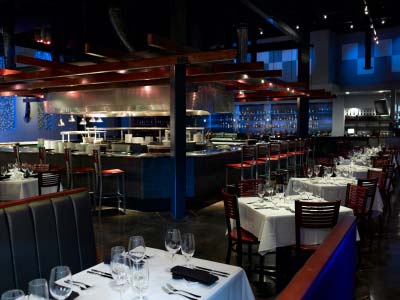A restaurant or a bar that does not have a Texas beer license is leaving a great deal of money on the table. You may have neglected to obtain this essential document because the process is difficult, but Texas license services can help you secure the license and permits that you need. Before you apply for your Texas alcoholic beverage license, contact an alcoholic beverage licensing service to help you identify what licenses and permits will be needed for your business and to make the filing process easier.
Technomic’s 2013 BarTAB Report
Technomic, Inc. is a consulting firm that performs research on trends in the food industry. This Chicago-based research firm released its 2013 BarTAB Report last year in which the company outlined several interesting findings. One is the fact that more people are buying premium spirits and beers in on-premise restaurants and bars.
As the economy recovers, people continue to spend their money very carefully. However, they are purchasing more expensive beverages in current days than they have in the past. Technomic discovered this trend in 2012 when its researchers learned that the on-premise channel grew to 1.9 billion gallons of alcohol. Sales also increased by 3.5 percent to reach $97.3 billion. For 2013 and 2014, researchers predicted that the amount of alcohol that people consume would decline, but they also believed that the amount of money spent on alcoholic beverages would continue to grow.
An Explanation for Opposing Trends
Technomic’s director of research Eric Schmidt explained how volume could decrease but the amount of money spent on alcoholic beverages could increase. He states that people are taking fewer trips to bars and restaurants because they are spending conservatively. At the same time, they are interested in experiencing more sophisticated flavors, and this requires that they seek more expensive drinking choices. Some of these more expensive choices include craft beer, imported vodka and single-malt Scotch.
Technomic explained the trends another way. In the report, researchers stated that half of the sales of alcoholic beverages transpired in the on-premise channel. It also stated that one-quarter of the volume was consumed in bars and restaurants. Furthermore, Technomic researchers found that beer tops the category of the drink that is chosen most often by bar and restaurant patrons. It is also the beverage that earns the most money. In 2011, beer consumption decreased, but by 2012, this beverage started to make a comeback. However, it appears to be limited to certain types because in 2013, sales for major domestic beers continued to decline.
The Competition between Spirits, Beer and Wine
Beer has been doing very well recently, but spirits have been showing even greater improvement in bars and restaurants. In 2012, sales of spirits grew faster than any other beverage. Volume increased by 1.9 percent, and the amount sold in dollars increased by 5.6 percent. Technomic researchers believed that sales of spirits would be flat at the end of 2013. They also noted that sales of several high-end beverages are continuing to increase. Overall, wine sales are declining, except for one segment. Domestic table wine continues to be very popular, and more people are purchasing and drinking these wines on an increasing basis.
According to Technomic, whiskey categories collectively outperformed non-whiskey categorieswhen people make their way into bars and restaurants, and this appears to be due to the choices of the millennial generation. Specifically, this population is choosing between spirits and craft beers when they go out because they are seeking a particular flavor, or they are celebrating an occasion. In other words, they are not married to any particular type of drink, so they have a wide array of options open to them. As time marches on, they will continue to be the impetus of the major trends in the beverage industry.

